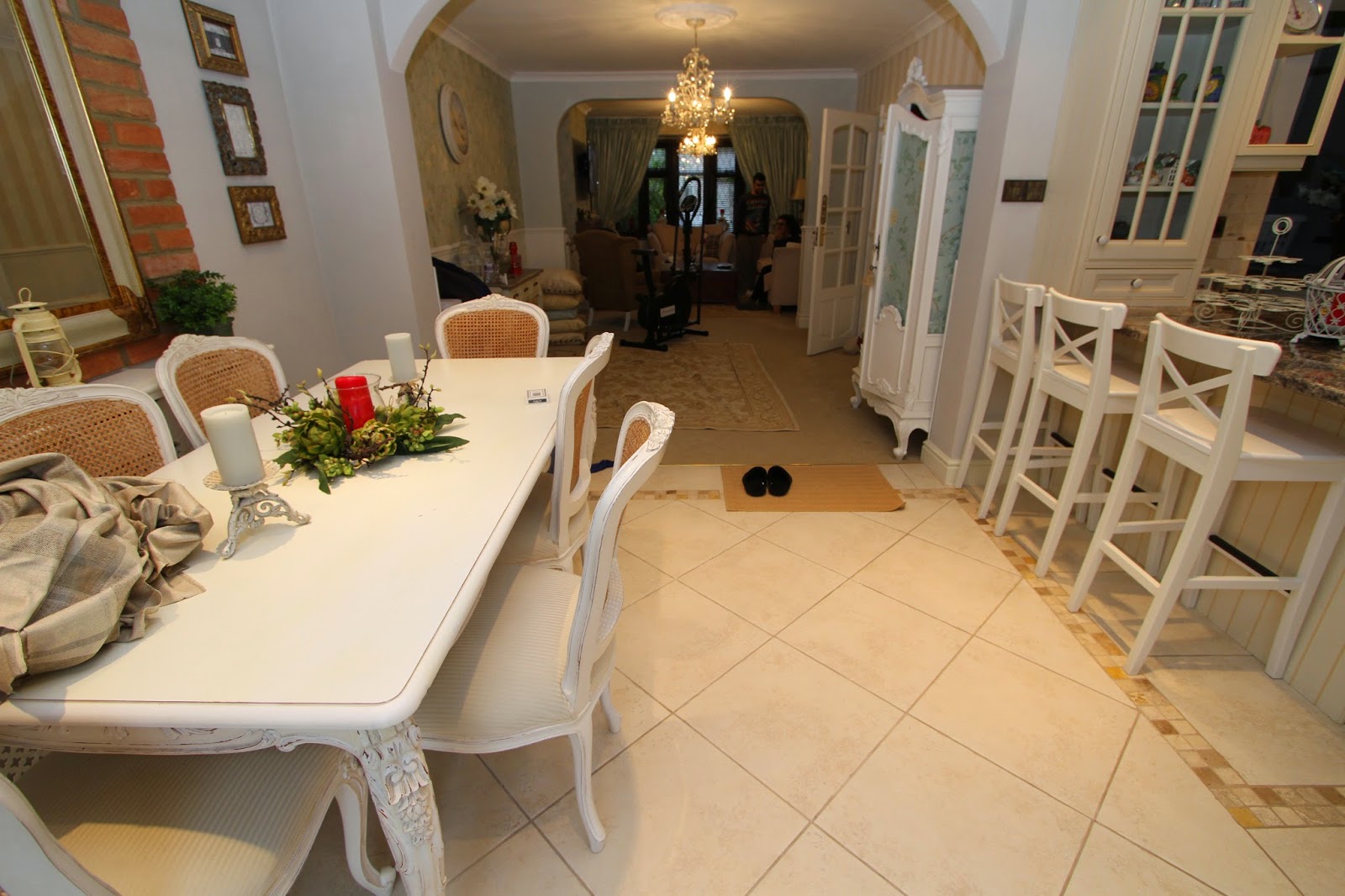The following extracts and notes were made whilst I was reading through Joan Didion's "Blue Nights." It is an autobiography depicting her life with and without her daughter, Quintana.
Chapter One
"During the blue nights you'd think the end of day will never come. As the blue nights draw to a close (and they will, and they do) you experience an actual chill, an apprehension of illness, at the moment you first notice: the blue light is going, the days are already shortening, the summer is gone. This book is called "Blue Nights" because at the time I began it I found my mind turning increasingly to illness, to the end of promise, the dwindling of the days, the inevitability of the fading, the dying of the brightness." - Page 4
- This gives us an interesting definition of "blue nights" right away.
- It also triggers some interesting visual cues, perhaps Charlotte can look into the colour scheme using blue as her predominant colour for grief?
- Reminds me of Dylan Thomas' "Do not go gentle into that good night."
Chapter Seven
"I continue opening boxes.
I find more faded and cracked photographs than I want ever again to see.
I find many engraved invitations to the weddings of people who are no longer married.
I find many mass cards from the funerals of people whose faces I no longer remember.
In theory these mementos serve to bring back the moment.
In fact they serve only to make clear how inadequately I appreciated the moment when it was here.
How inadequately I appreciated the moment when it was here is something else I could never afford to see." - Page 46
- Depicts the use of mementos, memories and their limitations.
- Reminds me of how I "failed to appreciate the moments" with my family, when I took them for granted as a teenager.
Chapter Nine
"Once she was born I was never not afraid. I was
I was afraid of swimming pools, high-tension wires, lye under the sink, aspirin in the medicine cabinet. The Broken Man himself. I was afraid of rattlesnakes, riptides, landslides, strangers who appeared at the door, unexplained fevers, elevators without operators and empty hotel corridors. The source of fear was obvious: it was the harm that could come to her. A question: if we and our children could in fact see the other clear would the fear go away? Would the fear go away for both of us, or would the fear go away only for me?" - Page 54
- Makes me question how she must have felt in the moment when she realised her fears had come true - that she lost her daughter. Since this book is written several decades later, Didion is not very expressive.
- Her motherly instincts really show in this excerpt, especially with the depiction of fear.
Chapter Eleven
""You have your wonderful memories," people said later, as if memories were solace. Memories are not. Memories are by definition of times past, things gone. Memories are the Westlake uniforms in the closet, the faded and cracked photographs, the invitations to the weddings of people who are no longer married, the mass cards from the funeral of the people whose faces you no longer remember. Memories are what you no longer want to remember." - Page 64
- Interestingly, this book is the first time I'm hearing of memories as a negative thing. Though I can imagine its through the pain caused by the reminder of her loss.
- The repetition she uses in her autobiography contributes towards this idea of pain she's going through. That this idea is repetitively haunting her.
Chapter Twelve
"It also occurs to me that no one who now comes across this Olds 88 commercial on YouTube would know who Sidney Korshak was, or for that matter, who Diana was, or even what an Olds 88 was.
Time passes." - Page 66
- Again, there seems to be a recurring theme of how unreliable memory is.
- There is also the thought that one's death will be lost in history, and eventually forgotten.
- There is a silent implication that Quintana's death will follow the same fate.
- Though ironically she is commemorated through this autobiography.
Chapter Twenty-Six
"Fade as the blue nights fade, go as the brightness goes.
Go back into the blue.
I myself placed her ashes in the wall.
I myself saw the cathedral doors locked at six.
I know what it is I am now experiencing.
I know what the frailty is, I know what the fear is.
The fear is not for what is lost.
What is lost is already in the wall.
What is lost is already behind the locked doors.
The fear is for what is still to be lost.
You may see nothing is still to be lost.
Yet there is no day in her life on which I do not see her." - Page 188
- This is how Didion supposedly deals with her grievances, as she does not seem to be over her loss. Not even by the end of her autobiography.
- This sort of contributes to this idea that losing a child is a source for perpetual sadness.

































